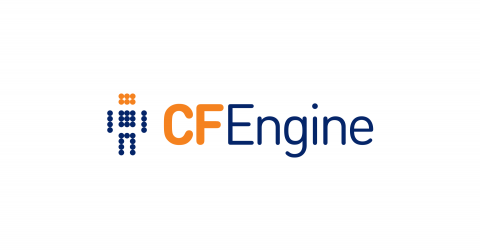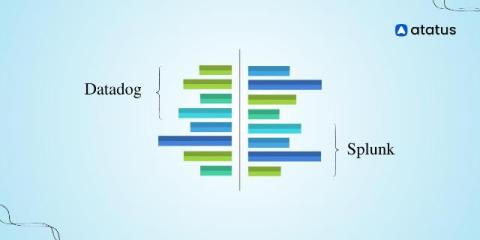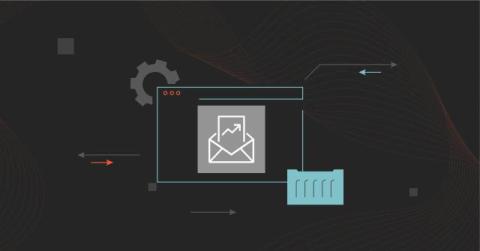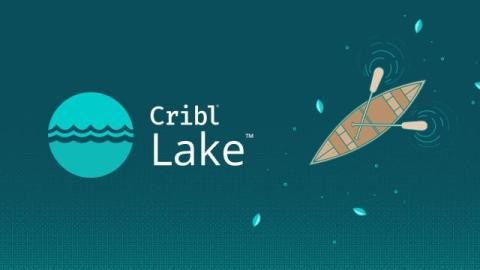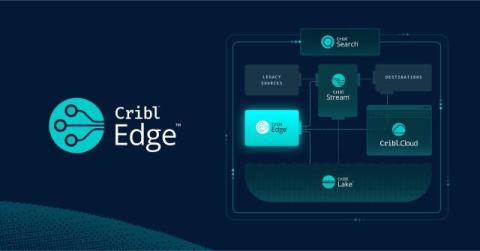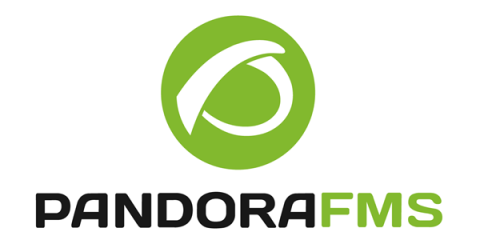ITSM Gartner Magic Quadrant: What is The Latest Version?
For years, the ITSM Gartner Magic Quadrant was the go-to resource for businesses seeking the best IT Service Management (ITSM) platforms. It played a crucial role in shaping purchasing decisions, setting standards, and offering insights into market trends within the IT Service Management world. However, in 2023, Gartner replaced the Magic Quadrant for ITSM with the Gartner Market Guide — in which we're proud to be featured.



